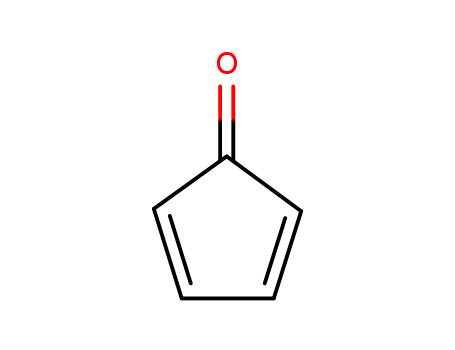10.1021/om050048r
The study focuses on the synthesis and investigation of CpCo-stabilized cyclopentadienones derived from cyclobutadiene complexes. The main chemicals used include 1,4,8,11-tetrathiacyclotetradeca-2,9-diyne (7), C5H4(CO2Me)Co(CO)2 (8), and C5H4(SiMe3)Co(CO)2 (10), which react to form tricyclic cyclopentadienone complexes 9 and 11. The study also involves the preparation of tetrathiaalkyl- and tetrathiaaryl-substituted C5H4(CO2Me)Co-capped cyclobutadiene complexes 23 and 27-30. These compounds were heated under a pressurized CO atmosphere to form cyclopentadienone complexes 9, 15, and 31-33. The purpose of these chemicals is to explore the reactivity of CpCo-stabilized cyclobutadiene complexes towards carbon monoxide insertion, leading to the formation of cyclopentadienone complexes. The study combines experimental work with theoretical calculations at the B3LYP level to understand the mechanism behind these reactions and the influence of various substituents on the reaction pathways and energies of intermediates.
10.1021/jo00140a028
The study investigates the pericyclic reactions of a powerful electron-attracting fused-ring cyclopentadienone, 2-oxo-1,3-bis(ethoxycarbonyl)-2H-cyclopenta[i]acenaphthylene (la), with various dienophiles. The researchers explore the cycloaddition reactions of la with different olefins, including styrenes, cycloheptatriene, and N-(ethoxycarbonyl)azepine, to form [4 + 2] cycloadducts that spontaneously lose carbon monoxide to yield tetrasubstituted 1,3-cyclohexadiene derivatives. The study also examines the Cope rearrangement of these adducts and the double Diels-Alder reactions involving la. The reactivity of la is discussed in terms of frontier molecular orbital (FMO) theory, and the structures of the resulting compounds are analyzed using molecular mechanics calculations and X-ray crystallography. The results highlight the influence of electron-withdrawing substituents and ring fusion on the reactivity of cyclopentadienones and provide insights into the mechanisms of these pericyclic reactions.





